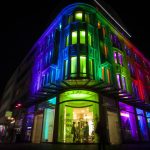LED Light Strip Programming: A Beginner’s Guide to Stunning Illumination
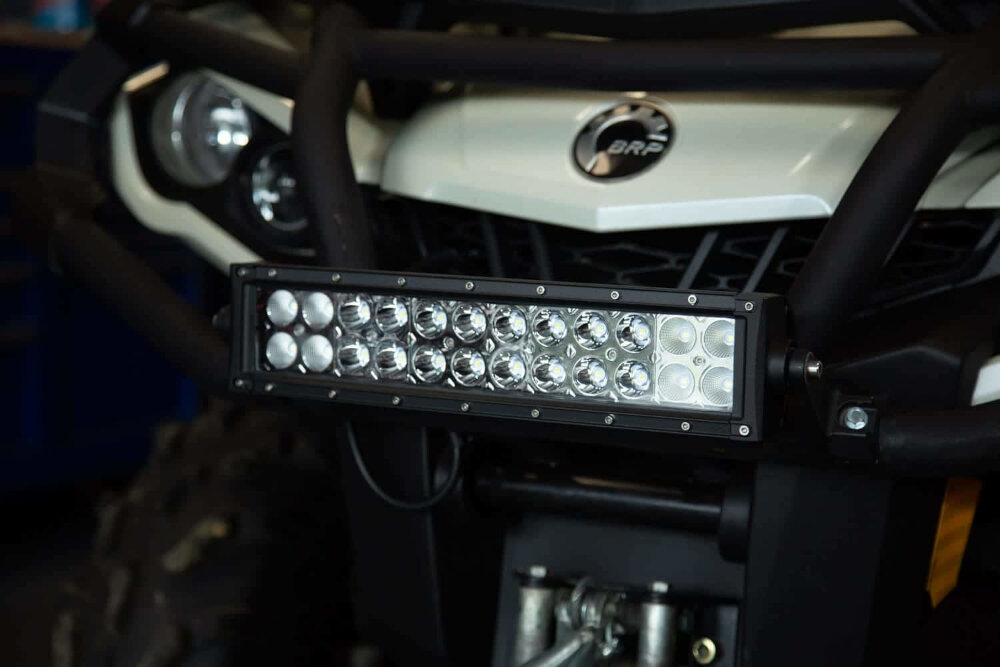
Lighting design has become a crucial aspect of home decor in recent times. A well-designed lighting system can create a warm and welcoming ambiance and enhance the aesthetic of any space. LED Light Strips have become increasingly popular due to their flexibility and versatility, allowing for endless possibilities in lighting design. However, the real magic happens when you program these LED light strips, and turn your space into a stunning masterpiece of illumination. LED Light Strip Programming might seem daunting, but with the right tools and knowledge, anyone can achieve incredible lighting designs. This beginner’s guide is intended to help you get started with LED Light Strip Programming, providing you with tips and tricks to create a beautiful and unique lighting setup. From selecting the right LED light strips to programming techniques, this guide will give you the foundations you need to create stunning illumination in your home.
LED light strips are flexible circuit boards that house multiple light-emitting diodes (LEDs) which emit bright and colorful light. These strips come in various lengths, colors, and types, such as RGB and monochrome, and can be cut to size to fit any surface. LED light strips have become increasingly popular over the years due to their versatility and energy efficiency. They can be used for a wide range of applications, from home decor and accent lighting to commercial and industrial lighting. Moreover, they are easy to install, low maintenance, and can be controlled using a remote or mobile app, making them a convenient and cost-effective lighting solution.
Programming LED light strips is an essential aspect of achieving the desired effects in lighting. With the ability to customize the color, brightness, and pattern of the LED lights, the possibilities for creating stunning illumination are endless. Whether it’s for commercial or personal use, programming LED light strips can transform a space’s ambiance, creating an atmosphere that is unique and captivating. From creating a relaxing ambiance in a bedroom to a lively atmosphere in a club, programming LED light strips allows you to achieve the desired effects to suit any occasion. Additionally, the flexibility of LED light strips means that they can be easily integrated into any existing lighting system, allowing for seamless control and coordination with other lighting elements. Ultimately, programming LED light strips is a powerful tool in the hands of anyone looking to create a visually stunning and captivating space.
Getting Started
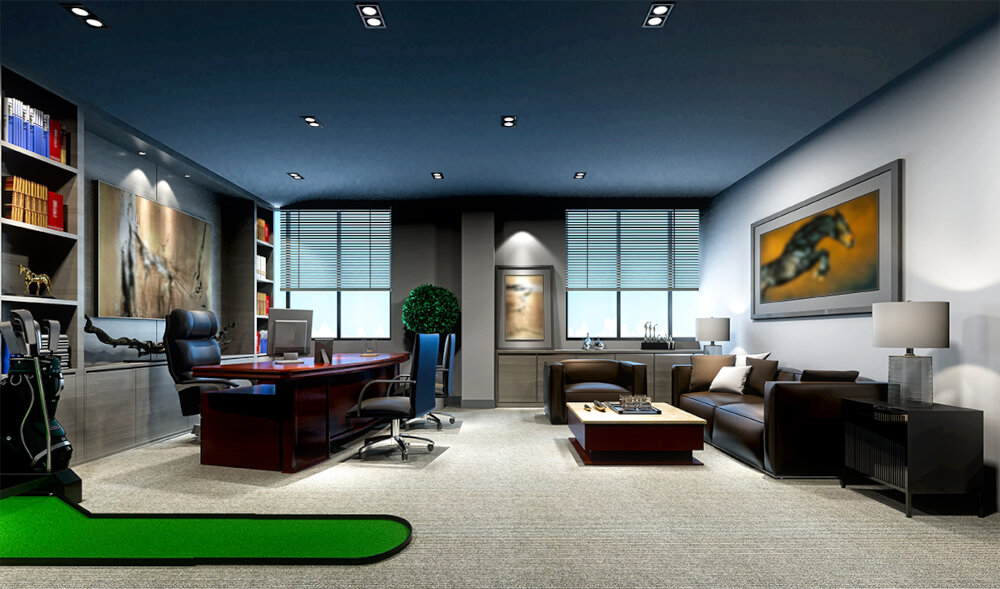
The first step in LED light strip programming is to decide on the type of LED strip you want to use. There are two main types of LED strips: digital and analog. Digital LED strips, also known as addressable LED strips, offer more control over each individual LED and can produce more complex lighting effects. Analog LED strips, on the other hand, are simpler to use and typically less expensive. Once you have chosen your LED strip, you will need to determine the length you need and the power source required. Once you have your LED strip and power source, you can begin programming your lighting effects. There are a variety of programming options available, ranging from simple pre-set effects to more complex custom designs. Many LED strips come with a remote control that allows you to switch between different pre-set effects, such as flashing, fading, and color cycling. For more advanced programming, you can use software or apps that allow you to create custom lighting effects using a computer or mobile device. With a little practice and experimentation, you can create stunning illumination that is tailored to your individual style and preferences.
LED light strips are versatile lighting solutions that can be used to create stunning illumination effects in any space. These strips consist of a series of small LEDs that are placed on a flexible circuit board, which allows them to be easily mounted in a variety of locations. LED light strips are available in a wide range of colors and can be customized to create a specific ambiance or mood. They are energy-efficient and long-lasting, making them an excellent choice for both residential and commercial applications. Understanding the basics of LED light strips is essential for anyone looking to create beautiful and functional lighting designs in their home or business. With the right tools and techniques, anyone can program their LED light strips to create stunning illumination effects that will enhance any space.
When it comes to programming LED light strips, having the right tools is crucial to ensure that your project runs smoothly. Firstly, you will need an LED light strip with a compatible controller that can communicate with your computer or mobile device. Additionally, you will need programming software, such as Arduino, to write and upload your code. A soldering iron and solder wire are also essential for connecting wires and components. A multimeter is useful for troubleshooting and ensuring that your connections are correct. Finally, a power supply with the appropriate voltage and amperage is necessary to power your LED light strip. With these tools in hand, you can create stunning illumination that will leave your audience in awe.
Choosing the right type of LED light strip for your project is crucial to achieving your desired illumination effect. There are various factors to consider when selecting an LED light strip, such as color temperature, brightness, and size. Color temperature determines the warmth or coolness of the light, and it is measured in Kelvins. Brightness is measured in lumens and determines how much light is emitted from the LED strip. The size of the LED strip also plays a significant role in determining the amount of light output. It is essential to consider the length and width of the LED strip to ensure that it fits the project’s requirements. Additionally, the type of LED chip used in the strip affects the brightness and color rendering of the light. Overall, selecting the right type of LED light strip is critical to achieving your desired illumination effect and creating a visually stunning project.
Programming LED Light Strips
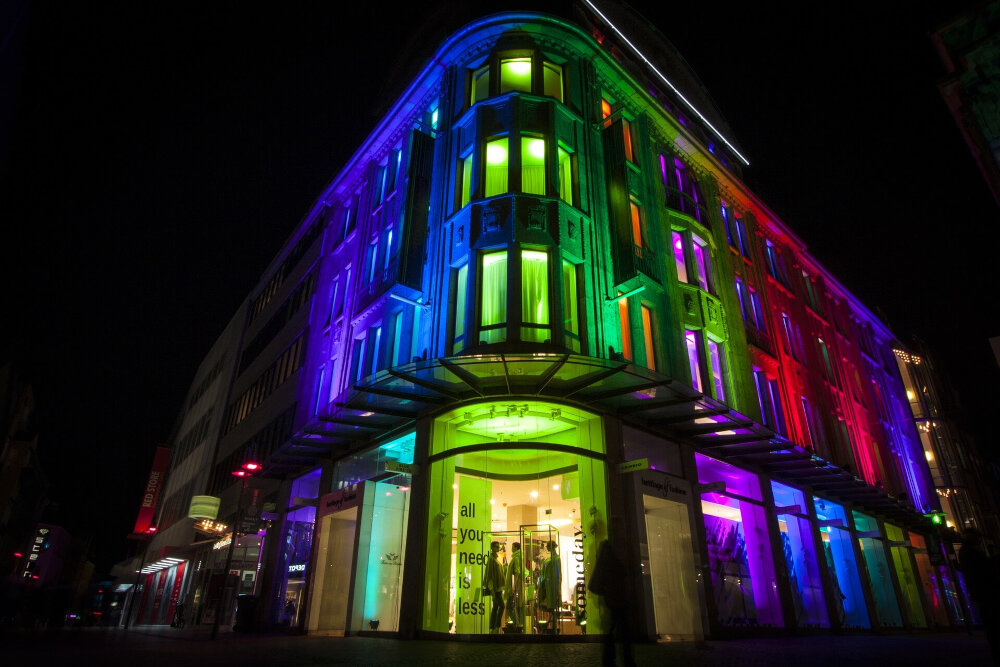
Programming LED light strips can be a fun and rewarding experience for anyone interested in lighting and electronics. LED light strips are versatile and flexible, allowing them to be used in a variety of applications, from creating ambient lighting in a room to providing functional lighting in a workspace. LED light strips can be programmed to display a wide range of colors and effects, making them a popular choice for creating stunning illumination displays. To program LED light strips, you will need a controller, which can be purchased separately or may be included with the LED light strip. There are several types of controllers available, including remote controllers, WiFi controllers, and Bluetooth controllers. Once you have a controller, you can use software to program the LED light strip to display the desired colors and effects. Many LED light strip manufacturers provide software that can be downloaded for free, and there are also third-party software options available. With the right software and a little bit of practice, you can create stunning lighting displays that will impress your friends and family.
Programming languages have become an integral part of LED light strips, allowing for stunning illumination effects. The most commonly used programming languages in this field are C++, Python, and Arduino, each with its own unique features and programming capabilities. C++ is a high-level programming language that is widely used in LED light strip programming due to its compatibility with various hardware components. Python, on the other hand, is a versatile language that allows for easy manipulation of LED light strip colors, brightness, and patterns. Lastly, Arduino is a popular open-source platform that provides a user-friendly interface for programming LED light strips, making it an excellent choice for beginners. Understanding the various programming languages used in LED light strip programming is crucial to achieving stunning illumination effects that enhance any space.
Creating basic lighting effects with LED light strips is an excellent way to add a touch of ambiance to any space. One of the most popular effects is color changes, where the LEDs cycle through a range of colors, creating a dynamic and lively atmosphere. Another popular effect is fades, where the LEDs slowly transition from one color to another, creating a calming and soothing atmosphere. These basic effects can be achieved through programming the LED light strips with simple coding or using pre-programmed settings on a controller. With just a little bit of creativity and experimentation, anyone can create stunning illumination that will elevate the look and feel of any room.
Advanced programming techniques are essential for creating more complex effects with LED light strips. By using advanced techniques such as PWM (Pulse Width Modulation) and DMX (Digital Multiplexing), programmers can achieve more precise control over the color and intensity of the lights. Additionally, the use of programming libraries and frameworks can make the process of creating complex effects much more streamlined and efficient. With these tools, it is possible to create stunning illumination that can react to music, change colors based on environmental factors, and much more. However, mastering these advanced techniques requires a significant amount of knowledge and experience, making it important for beginners to start with the basics and gradually work their way up to more complex programming.
Installation and Setup
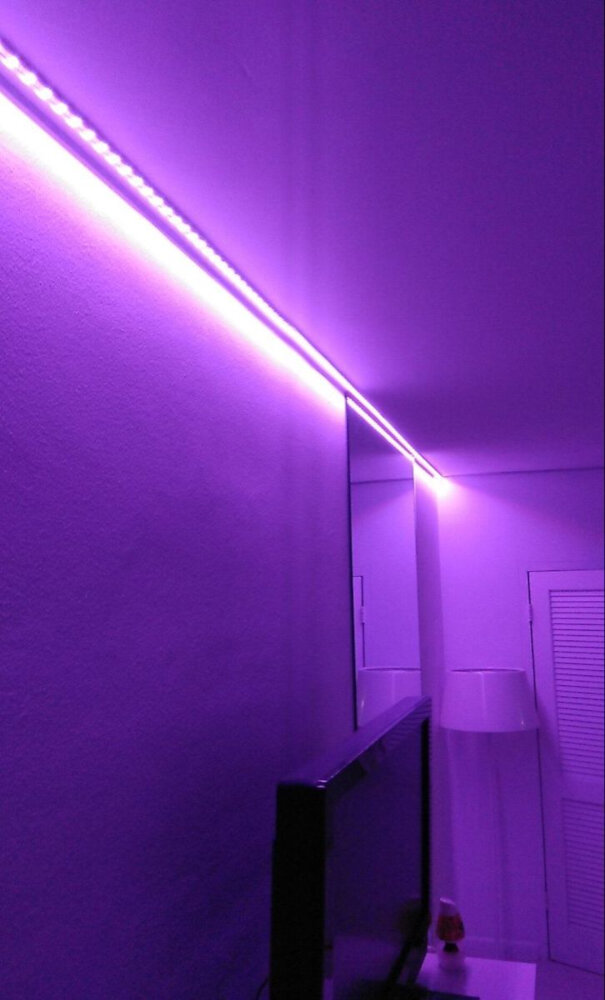
When it comes to LED light strip programming, the installation and setup process is crucial to ensure that the lights work properly and efficiently. The first step in the installation process is to determine the appropriate length of the light strip needed for the project. This can be done by measuring the intended area where the lights will be installed and then selecting a strip that fits the measurements. Once the appropriate length has been chosen, the light strip can be cut to size using scissors or a sharp cutting tool. After the strip has been cut to size, the next step is to attach the strip to a power source. This can be done by connecting the strip to a power supply or controller, which typically comes with the light strip kit. It is important to follow the manufacturer’s instructions carefully to avoid damaging the strip or causing any electrical issues. Once the strip is connected to the power source, it can be mounted using the adhesive backing or clips provided with the kit. With proper installation and setup, LED light strips can add a stunning illumination to any project or space.
Installing LED light strips is a simple and effective way to add a stylish and modern touch to your home or workspace. With their flexibility and versatility, they can be used to highlight architectural features, create ambiance or provide functional lighting. To get started, choose the desired location and make sure it is clean and dry. Measure the length of the area and cut the LED strip accordingly. Peel off the protective backing and firmly press the strip onto the surface. Connect the strip to a power source and enjoy the stunning illumination. With a little creativity and experimentation, the possibilities are endless with LED light strips.
Setting up controllers and power sources is an essential step in programming LED light strips. A controller is a device that allows you to adjust the color, brightness, and other settings of your LED lights. There are various types of controllers available in the market, including infrared, Bluetooth, and Wi-Fi controllers. Additionally, you need to ensure that you have the right power source for your LED light strips. The power source should be compatible with the voltage and amperage requirements of your LEDs. It is recommended to use a power supply that can deliver enough power to all the components of your LED light strips without overheating or causing damage to the system. Once you have set up the controllers and power sources, you can start programming your LED light strips and create stunning illumination effects for your home or business.
LED light strip programming can be a fun and creative way to add stunning illumination to your home, but it can also be frustrating when installation issues arise. One common issue is incorrect wiring, which can result in the lights not turning on or flickering. Double-checking the polarity of the wires and ensuring they are securely connected can help resolve this problem. Another issue is improper placement of the strip, which can cause dark spots or uneven lighting. Ensuring the strip is properly aligned and adhered to the surface can help ensure even lighting. Finally, incorrect programming or a faulty controller can also cause issues. Refer to the manufacturer’s instructions and troubleshoot any programming issues, or consider replacing the controller if it is faulty. With a little patience and problem-solving, you can enjoy the stunning illumination of your LED light strips without any installation issues.
Tips and Tricks
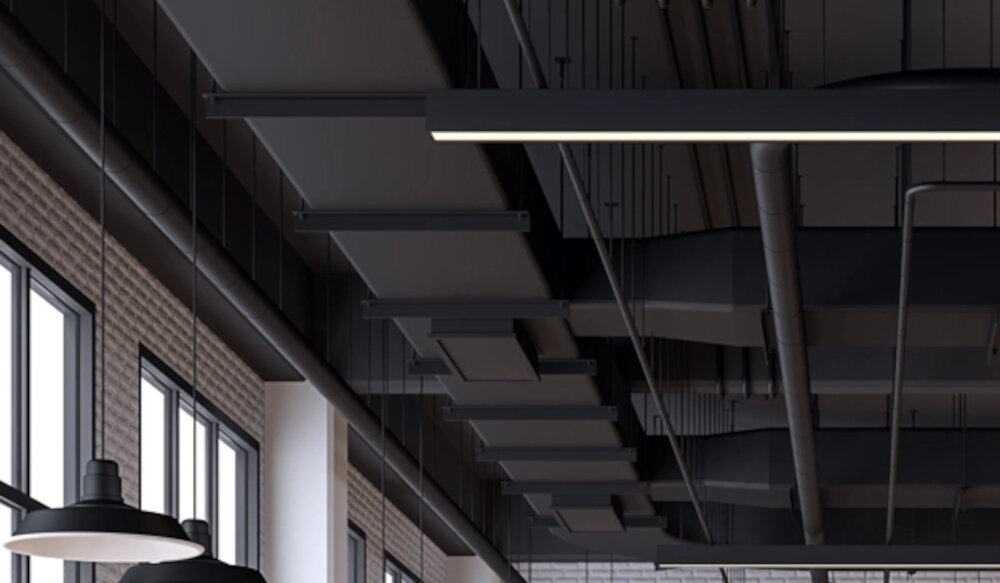
LED light strips offer a simple and affordable way to bring an exciting new dimension to your living space. With their dazzling array of colors and patterns, they can create a stunning visual impact that transforms any room into a vibrant and dynamic environment. However, programming LED light strips can be a daunting task for beginners. Here are some tips and tricks to help you start creating your own stunning lighting schemes. Firstly, invest in a high-quality LED light strip that offers a wide range of color options and programming features. Look for a model that is easy to install and comes with a user-friendly app or remote control. This will allow you to experiment with different lighting effects and create your own customized designs. Secondly, consider the placement of your LED light strip. Use them to accentuate architectural features, highlight artwork or create a focal point in a room. You can also use them to create a sense of depth and dimension by placing them in strategic locations. Finally, experiment with different lighting schemes to create the desired effect. Use warm colors to create a cozy and inviting atmosphere or cool colors for a more energetic and modern look. With a little experimentation and creativity, you can create stunning illumination that transforms your living space into a work of art.
Diffusers and lenses are essential tools for achieving different lighting effects with LED light strips. A diffuser can soften the light output by scattering the light, creating a more even glow without any harsh shadows. This can be useful for creating a more subdued ambiance, perfect for a relaxed and cozy atmosphere. On the other hand, lenses direct the light output, making it more focused and intense. This can be ideal for highlighting specific areas or objects, such as artwork or architectural details. By using diffusers and lenses, you can easily customize your LED light strip to create the perfect lighting effect for any occasion.
Incorporating LED light strips into furniture and decor is a brilliant way to add a touch of elegance and sophistication to any space. Not only do they provide a warm ambiance, but they also allow you to play with different colors and lighting effects. You can place the strips underneath cabinets, shelves, or even behind your TV to create a stunning visual effect. LED light strips are also an excellent addition to furniture pieces such as bookcases, headboards, and coffee tables. By incorporating these strips into your decor, you can create a cozy and inviting atmosphere that is perfect for relaxing or entertaining guests. So, if you’re looking for a simple and affordable way to enhance your home’s aesthetic, consider adding LED light strips to your furniture and decor.
Creating custom lighting designs for special events or occasions is a crucial aspect of event planning that should not be overlooked. With the right LED light strips and programming, it is possible to transform a dull and uninspiring space into a striking and captivating one. Whether it’s a wedding, a corporate event, or a concert, the right lighting can enhance the atmosphere and create a memorable experience for guests. By working with an experienced lighting designer, you can create a custom lighting design that incorporates your vision and brings your event to life. From color-changing LED lights to synchronized patterns and effects, the possibilities are endless. With a little creativity and the right tools, you can create a one-of-a-kind lighting experience that will leave a lasting impression on your guests.
Programming LED light strips can bring a whole new level of creativity and functionality to your lighting setup. With the ability to customize colors, patterns, and effects, you can create stunning illumination in any space. Furthermore, LED light strips are energy-efficient and can last for thousands of hours, making them a cost-effective and sustainable lighting option. Whether you want to create a dynamic ambiance for a party or add some accent lighting to your home, programming LED light strips can help you achieve your desired look and feel. With this beginner’s guide, you can learn the basics and get started on your journey to creating beautiful and functional lighting solutions.
Encouraging experimentation and creativity is key to achieving unique and stunning lighting designs using LED light strips. Don’t be afraid to play around with different colors, brightness levels, and patterns to find the perfect combination that suits your style and mood. Experimenting with different placement and arrangements of LED light strips can also result in unique and eye-catching designs. Remember to keep an open mind and let your imagination guide you. With LED light strip programming, the possibilities are endless, and the only limit is your creativity. So, go ahead and let your inner artist shine through your lighting designs.
There are many resources available for further learning and inspiration when it comes to LED light strip programming. Online forums such as Reddit and YouTube offer a wealth of information and tutorials from experienced users, while online marketplaces such as Amazon and Adafruit provide access to a wide range of products and accessories. Additionally, there are a number of books and courses available for more in-depth learning, and attending events such as Maker Faires can provide hands-on experience and inspiration from other makers and enthusiasts. It’s important to take advantage of these resources to continue developing your skills and creating stunning illuminations with LED light strips. So, keep exploring, learning and experimenting with your LED light strips.
Conclusion
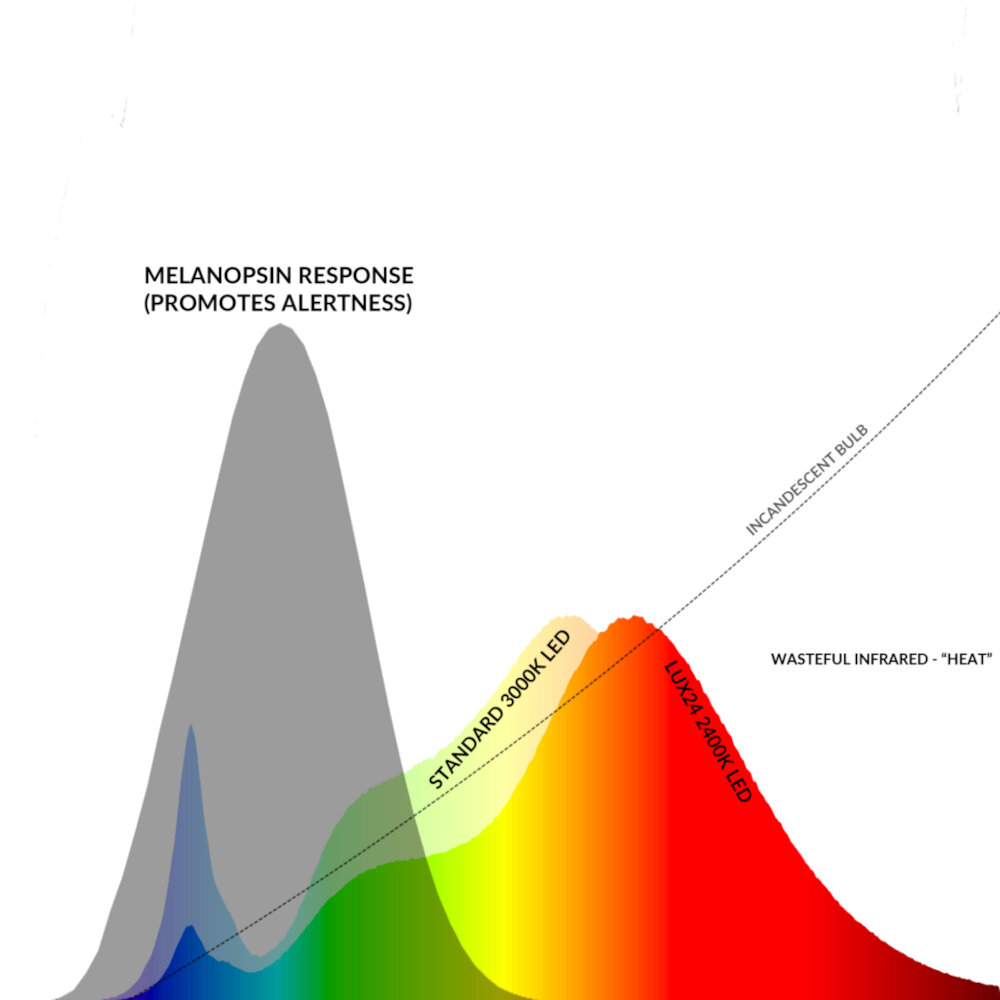
In conclusion, LED light strip programming is an exciting and creative way to add stunning illumination to any space. With the right tools and techniques, beginners can easily master the art of programming LED light strips and create beautiful lighting effects that bring a unique atmosphere to any room. Whether you’re looking to add ambiance to your home or create a captivating display in a commercial setting, LED light strips offer endless possibilities for customization and creativity. So why not dive in and explore the world of LED light strip programming today? With a little practice and experimentation, you’ll soon be on your way to creating breathtaking lighting displays that are sure to impress.


